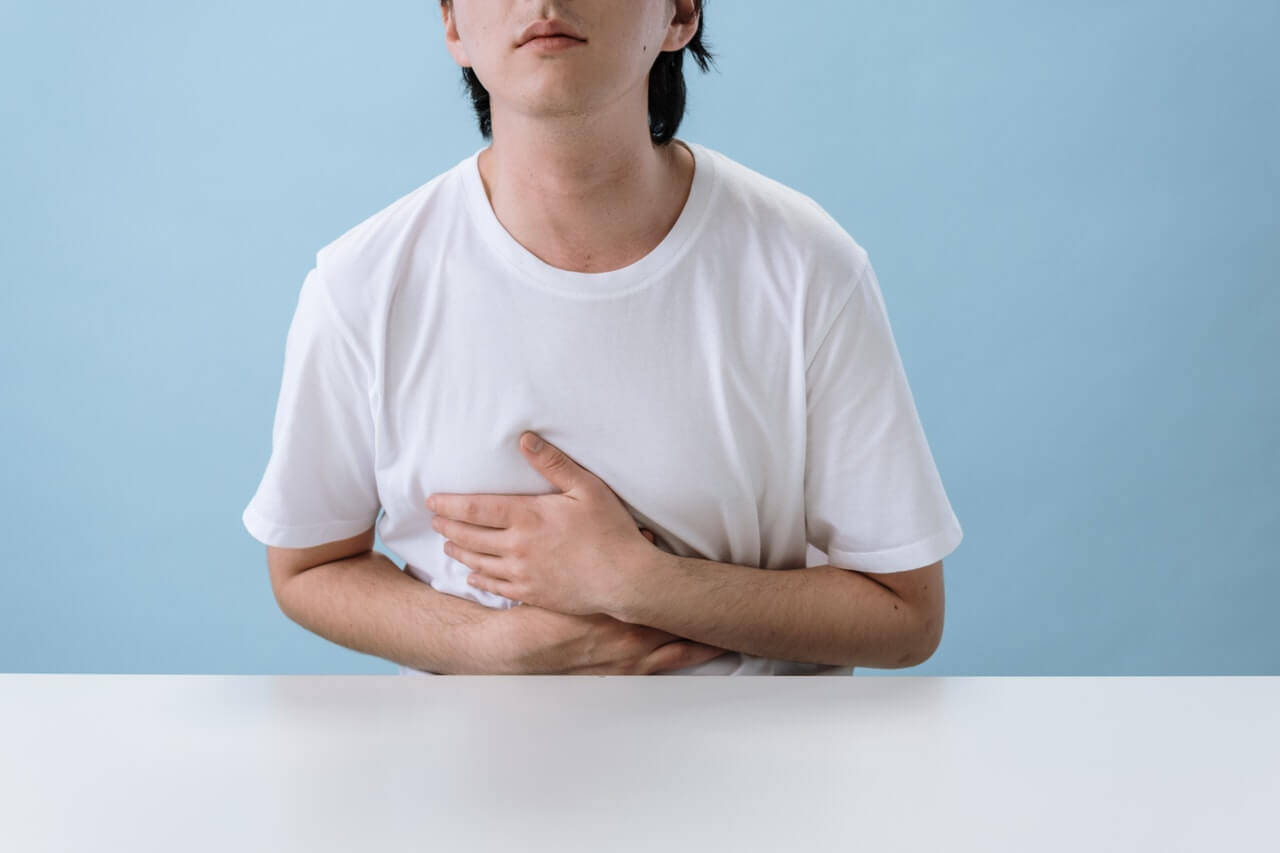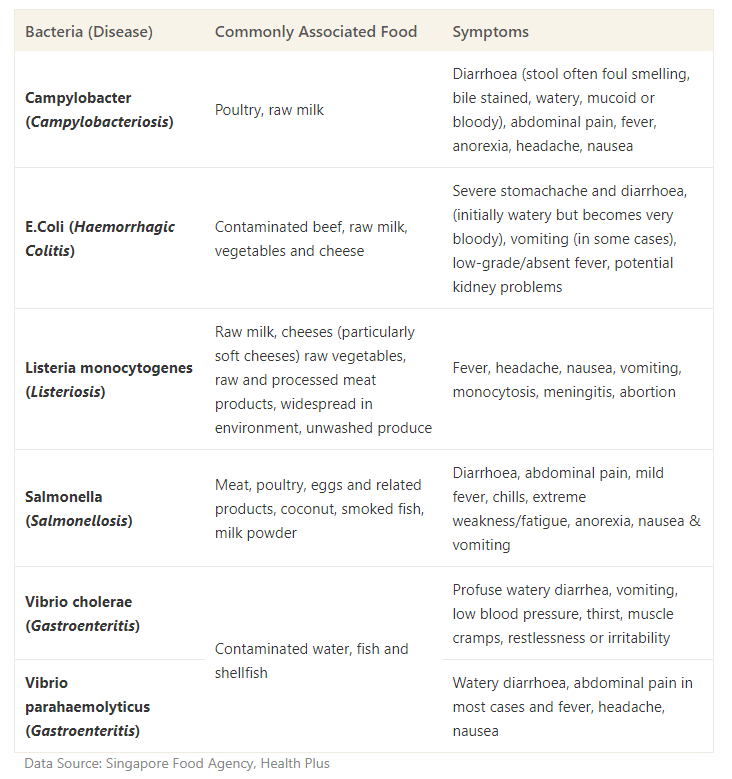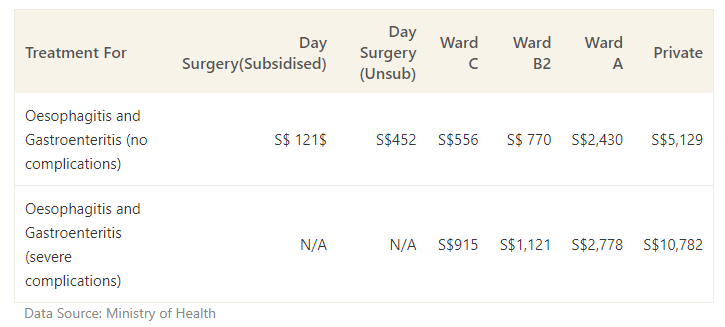
How Much Will Food Poisoning Cost You?
- ValueChampion
- Expats , Food , Lifestyle , Singapore , Travel
- September 7, 2021
A night out turned into a day of visits to the restroom? Here’s how much you should expect to pay if you come down with an unfortunate case of food poisoning.
Whether it’s after an adventurous night out that went wrong or a familiar meal with some poor quality ingredients, food poisoning can occur even suddenly and without warning. In most cases, food poisoning is mild, lasting just a day or two. However, there are times when your unfortunate meal may end up hiding something more serious like Salmonella, Cholera and Listeria. So while you may be able to spend a few dollars to treat it at home, how much will you spend if you get hospitalised? Read ahead to find out the average cost of treating food poisoning and best ways to avoid getting food poisoning in the first place.
How Common is Food Poisoning in Singapore?
Food poisoning in Singapore is actually quite common, mainly because it’s difficult to avoid food poisoning in its entirety and it’s possible to get sick from common foods like milk, cheese, vegetables and meat. In fact, polyclinics saw an average of 495 daily cases of acute diarrhoea per week (the most common symptom of food poisoning) between 2012 and 2020. Furthermore, between 2012 and 2020, there were also on average 44,003{.ShortcodeLink–root} cases of campylobacteriosis and salmonellosis per year.

Cost of Food Poisoning Treatment
Treating food poisoning in Singapore is a cheaper medical expense than most other diseases that require treatment. In most cases, food poisoning can be resolved at home with hydration and over the counter drugs. However, in some cases you’ll need to get treated at a polyclinic or at a hospital. If you choose to visit a clinic, you can expect to pay S$20-S$120 for a consultation{.ShortcodeLink–root}. On the other hand, the average hospital visit to treat gastroenteritis (either from gastric flu or food poisoning) costs as low as S$121-S$452 for simple non-complicated day surgery, but can increase to an average bill of S$10,782 if you have severe complications and choose to get treated at a private hospital.

At-home treatment is relatively cheap and simple. Treatment involves drinking small sips of water, avoiding food for a few hours, and slowly easing back into dairy products, caffeine, fatty or highly seasoned foods when you are feeling better. You can purchase electrolyte powder to rehydrate for around $10 at pharmacies or you can also purchase anti-diarrheal medication from the pharmacist. However, you should note that if you are experiencing fever, blood or mucus in the stool or vomiting then you should seek treatment from a doctor instead of self-medicating.
How to Avoid Food Poisoning
While it’s impossible to avoid food poisoning entirely, there are many things you can do to reduce your risk of eating contaminated food. Risk prevention typically starts in 2 places: in your home and outside of it. To reduce the risk of food poisoning inside your home, you should make sure you practice hygiene in your home and wash your hands frequently. You should also store and prep your food properly, which means you should avoid mixing raw and cooked food together, thawing food safely{.ShortcodeLink–root} and storing your food in proper conditions (5 degrees Celsius or lower). Furthermore, you should eat your leftovers within 2 days and don’t eat food past its expiry date.
To avoid food poisoning when outside of your home, you should avoid drinking from untreated bodies of water (streams, rivers, lakes, etc.), eating unregulated food (watch out for unsanitary street food!), eating raw food when travelling to countries with lax food regulations and watching out for poor quality tap water and dirty ice cubes. If you are getting catering, it is best to eat the food immediately{.ShortcodeLink–root}.
Saving on Health Costs
Since healthcare can be expensive, it’s important to find ways to reduce costs. Besides reducing your risk of getting sick, there are other things you can do if you want to have cheaper medical bills. For instance, taking advantage of your Medishield Life coverage can help offset most of the costs of a hospital visit to treat gastroenteritis. You also have the option of increasing your healthcare coverage with an Integrated Shield Plan, which will provide coverage for B1 and higher wards{.ShortcodeLink–root} and private hospitals. When it comes to medicine, you can opt for generic medications over brand-name ones{.ShortcodeLink–root}. Lastly, if you are finding it difficult to afford treatment, you may qualify for healthcare subsidies like Medifund{.ShortcodeLink–root}.
This article was originally published in ValueChampion, a personal finance research firm in Singapore and republished on rovervibes.com with permission.